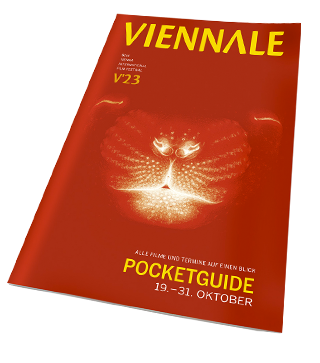V'23 Trailer
Pedro Costa
(Portugal/Austria 2023, 2 min)
A swan song against the backdrop of a fiery apocalypse? Or is it merely the full moon in the dramatically cloudy night sky that illuminates the singer’s head as if with a gloriole? Dark it is and dark is the song she sings to us – of the melancholy evenings, of the intolerability of misery, of how quickly life is discarded; but mainly that it doesn’t have to be like this! The libretto is by Bertolt Brecht, the melody by Hanns Eisler, the voice belongs to Elizabeth Pinard, the form was conceived by Pedro Costa. And the shudder that runs through the body is ours alone.
“Pedro Costa is a tirelessly exploratory filmmaker. This short work, which is our festival trailer this year, represents both a political gesture and an aesthetic experiment – and could perhaps one day become part of one of his future works,” says Viennale director Eva Sangiorgi. “It’s an enduringly impressive film that bears witness to the continuous transformative power of cinema."
